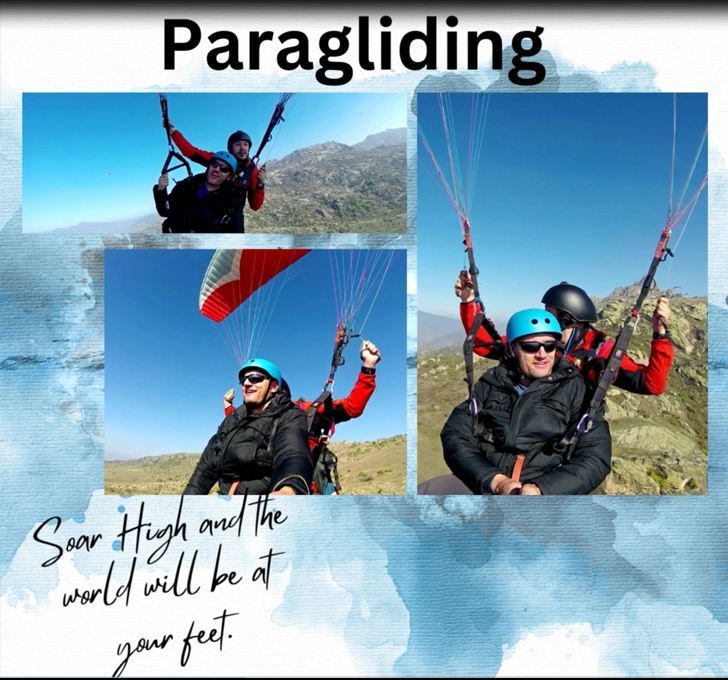Iceland has emerged as one of Europe’s top destinations in the past ten years, owing to its stunning and visually captivating landscapes that showcase ancient glaciers and rugged inlets.
Before you make arrangements for your journey to this sought-after island country, it is essential to consider the best time to visit Iceland, your itinerary, as the season can influence the availability of various activities and attractions. Consult with Best Time to before you plan your visit.
While certain places of interest, such as Iceland’s renowned hot springs, are accessible year-round, the optimal times to witness natural wonders like the northern lights and the midnight sun fall within specific months.
Depending upon your interest, you can choose the timing for your Iceland visit. In the following paragraph, we have mentioned month-wise details.
-
December to January
As Christmas approaches and festive lights illuminate the dark Icelandic winter, creating a magical atmosphere. Snow blankets the landscape, and Christmas markets adorn Reykjavík and surrounding areas.
Ski resorts may open if conditions permit. Longer nights offer excellent chances to spot the northern lights, with tours recommended due to tricky road conditions.
Don’t miss Dark Music Days and þorrablót mid-winter feasts across the country, featuring unique þorri cuisine at restaurants.
-
February to March
Dark and cold persist, but community events like Reykjavík’s Winter Lights Festival and Seyðisfjörður’s List í ljósi brighten spirits.
Coastal fjords celebrate the sun’s return with sólarkaffi and pancakes. Skiing gains momentum as daylight increases.
Spring is elusive, with variable weather. Migrant birds arrive, and nature awakens. Easter brings egg hunts, while Ísafjörður hosts the Aldrei fór ég suður music fest and Ski Week.
-
April to May
Spring brings rising temperatures and blossoming flora. Migrant birds and newborn animals add life to the landscape.
Whale watching improves, and bird-watching season begins, although some sites may be restricted for nesting.
Few tourists visit, making it ideal for road trips with off-season discounts. The official First Day of Summer in Iceland falls on the first Thursday after April 18th, marked by nationwide celebrations despite unpredictable weather.
-
June to August
Late June to early August offers the best chance of sunny, warm weather. It is peak tourist and whale-watching season, so book ahead.
Crowds gather at South Coast and Golden Circle destinations, but extended daylight allows for early or late travel. Highland roads open in July, ideal for hiking, biking, and horseback riding.
Summer features festivals like Fishermen’s Day, Summer Solstice on Grímsey, Reykjavík Arts Festival (every other year), Bræðslan Music Fest, Verslunarmannahelgi weekend in August, Reykjavík Pride, Culture Night, and the Reykjavík Marathon in mid-August.

-
September to November
As fall transitions into winter in Iceland, camping becomes less advisable due to colder nights. Hiking remains enjoyable with proper clothing as the landscape transforms with vibrant colors. Þingvellir National Park shines.
Road trips are doable, but watch for slippery roads and storms. Festivals like Réttir, Days of Darkness, and Iceland Airwaves occur, and Christmas preparations commence. Ideal for galleries, museums, concerts, pools, and dining.
Iceland’s incredible landscapes and its seasonal wonders make it a destination worth exploring year-round.
Travelers keen to witness the northern lights tend to visit Iceland during the darker winter months, while those seeking extended daylight hours prefer the summer season.
However, visitors planning their trip during spring and fall can enjoy milder weather conditions and a daylight balance.


















